|
Are you thinking of adding space, style and charm to your home? Shrewsbury Lumber can take you where you want to go. If you are interested in expanding your living space with an addition Shrewsbury Lumber has the engineered, framing lumber, and plywood for the walls, floors and ceilings of your new home. Our experienced drivers operating our modern fleet of boom, moffett, and flatbed trucks will keep your project on track with on-time deliveries and careful attention to placing your material where you need it. We work with the largest distributors in New England so you’ll get the best products on the market at the lowest prices. Nothing is more important than the structural integrity of your home so we rely on trained professionals to recommend the right engineered lumber and hardware to support your floors, ceilings and roof. The choices are vast when it comes to siding and we offer it all. If you like the look of traditional cedar clapboard or cedar shingles we can give you raw, primed, or stained options. If you are drawn to the durability, fire protection, and pre-finished colors of James Hardie or Allura Fiber Cement Siding we can deliver these as well. You might be surprised about the range of profiles available in products like Boral True Exterior Siding that give you the look of wood and the durability of engineered products. Nothing adds charm and character to a home like columns, posts, and railings on a front porch or entry. Products like Turncraft or HB&G give you a wide range of column, cap and base styles in durable PVC that will resist the ravages of New England weather. Timbertech railing is equally weather resistant and comes in a wide range of styles and colors. Azek and Boral exterior mouldings offer the perfect accent pieces that will make your home shine. Add even more style and longevity with Atlantic Premium shutters and decorative hardware. If you enjoy outdoor living consider adding a deck to your home. Shrewsbury Lumber is a gold level Timbertech dealer so you can be assured of the widest possible selection at the most competitive prices for PVC and composite decking. If the look and feel of natural wood is more to your liking we have it all from the beautiful and economical option of Siberian Larch decking (now in stock) to cedar or tropical hardwoods like mahogany, IPE and garapa. Not sure which contractor to trust? We can suggest experienced builders we’ve worked with for years. Does the inside of your home need new life? We can make it sparkle with everything from hardwood flooring and stair parts to decorative moulding and trim. We’re located minutes from Metrie, North America’s largest manufacturer of interior moulding, so we have ready access to a vast selection of moulding profiles at very affordable prices. Our proximity to 495 also puts us within easy reach of a number of large distributors of unfinished and pre-finished hardwood was well as LVT flooring. If you’re in the market for new star parts, the selection and of prices of L.J. Smith Stair Parts, one of our best sources, is hard to beat.
If you’ve been dreaming about how beautiful your home could be, visit Shrewsbury Lumber and we’ll help your dreams come true.
22 Comments
Siberian Larch: An Exceptional and Sustainable Decking, Siding, Roofing and Flooring Option3/3/2019 When British actress Helen Mirren joined the cheering crowds at the 2012 London Olympics’ velodrome she had more in common with the cutting edge facility than most would have imagined. Mirren's grandfather, Colonel Pyotr Vasilievich Mironov, was an officer in the Imperial Russian Army, who took part in the disastrous Russo-Japanese War of 1904-1905. The same Siberian wilderness which Mirren’s grandfather crossed one hundred years earlier now provided the wood for the velodrome’s track. It was no coincidence that renowned Australian track builder turned designer Ron Webb chose Siberian larch (sometime called Siberian pine) for London’s Olympic facility. A former cycling champion who began his career at the age of 15, Webb has done more than anyone else to establish the sport of indoor cycling. Since 1970, Webb has designed and built over 60 velodromes around the globe—including the venues for the Olympics in Seoul, Sydney, and Athens. Siberian larch is Webb’s preferred species, and one which which he used in Sydney, Melbourne, and Manchester prior to the construction of London facility. It is “a very good, malleable material,” explained Webb, “I like to use it and I go to a lot of trouble to always find the same source.” Mike Taylor, the velodrome’s head architect, noted that Siberian larch was part of an overall design plan to make the London track the fastest in the world. “The track is made from 56 kilometer lengths of 40x40 millimeter Siberian pine. It uses 350,000 nails, all hammered in by hand.” The speed objectives of the designers were met with flying colors. In the two evenings of races eight world records were set. Not surprisingly, when Jason Fellen, Senior Director of Capital Projects, was interviewed about the construction of the Milton velodrome for the 2015 Pan American Games, he emphasized the importance of Siberian larch. “The qualities of the Siberian wood have been proven to yield specific high performance tracks around the world. It’s pliability, it’s durability, how it responds to temperatures…The velodrome is kept at a much warmer temperature than typical environments. The athletes like the warmer weather and the wood has to create the speeds for those riders as well.” While Siberian larch may be at the forefront of the fastest and most innovative velodrome projects around the globe, it has been used in construction projects for centuries. Because of its density Siberian larch has natural pressure treated quantities that were long ago recognized by European builders. Venice, the Italian city built on a lagoon, has for centuries been supported by countless numbers of Siberian larch pilings. In some areas of Russia, Siberian larch foundations have been found that are more than 1000 years old. Because of it’s resistance to rot Siberian larch is still commonly used for telephone poles in the eastern parts of Siberia—with some poles still in good condition after 40 years. When the Trans-Siberian Railway was built that transported Hellen Mirren's grandfather across the continent, Siberian larch was used for sleepers. Leo Kogan, a Russian trained engineer, who now works for Stein Wood Products, explained that Siberian larch has a much higher percentage of dense, strong, inner wood, known as heartwood, than other species such as pine, cedar, redwood and cypress. Conversely, Siberian larch has a lower percentage of more porous, outer sapwood. It is this high percentage of heartwood and low percentage of sapwood that makes Siberian larch an excellent species for exterior applications such as decking, siding, and even roofing. Kogan adds that Europeans have long recognized the special properties and affordability of Siberian larch and it is widely used for siding in Germany and Sweden and for roofing in Norway. It was through his business travels in Europe, that Peter Krihak, CEO of Holbrook Lumber, came to appreciate Siberian larch. “During that time I realized that they were using a great amount of Siberian Larch at all of the DIY stores and really throughout Germany, France, the UK, Belgium, Luxembourg.” Peter recognized that for Europeans, Siberian larch was the “go to, decay resistant exterior species for decking or cladding.” “The Europeans use more wood than we do,” Peter, explained. “They’re not using PVC trim boards. They’re not using some of the alternative options that we use….When they want to use wood outside, and when they want an affordable wood, they use Siberian larch on a wide scale and have for fifty plus years.” Through one of his trusted European business contacts Peter established a rapport with the Germany company HolzTec, owned by an old sawmill family from Hamburg. The two companies eventually reached an agreement for Holbrook to represent HolzTec on the US market. HolzTec, Peter explained, set up a manufacturing plant in St. Peterburg, which is a short flight from Hamburg. They bring Siberian larch by rail to the plant in St. Petersburg where they use kilns from Austria and most advanced Weinig planning and cutting machines from Germany. Doing business in Russia, Peter noted, is never easy, and the fact that the HolzTec family member who runs the St. Petersburg plant is married to a Russian citizen and has dual citizenship goes a long way toward facilitating the business venture. While HolzTech has distributed Siberian larch throughout Europe for quite some time, this is only the third year of sales in the United State for Holbrook Lumber. With sales doubling every year, the prospects for the new species look promising. Peter described the decision to import Siberian larch as a “long term play,” for Holbrook Lumber. “We’re a company that goes back to 1911… We’re very attuned to the global wood basket..If you look at the North American decay resistant species, they’re diminishing, the quality is going down and the price is going up, particularly with western red cedar. This (Siberian larch) is in our opinion a much superior product to today’s STK (small tight knots) cedar. It’s more than twice as hard and it’s more durable. A lot of the STK cedar today has sapwood mixed throughout which is not durable at all. It checks more than the Siberian larch. It’s not as attractive a board or as durable of a board as we would like. But it’s really more about what’s available long term. If you look at the Ural and Siberian forests they are mammoth. There is a great amount of supply…Being responsible foresters, we like to look at that. This a product that is going to be available for hundreds of years.”
The abundance of Siberian larch is impressive. With forests covering one-third of the earth, the Russian Federation has more square miles of forests than any other country—nearly twice as much as Brazil. According to the United Nations Economic Commission for Europe (UNECE), Russia has more than a fifth of the world’s forests. Larch represents 35.8% of Russia’s trees, the single largest species with pine at a distant second. The International Union for the Conservation of Nature, which monitors the health of plant and animal species around the globe, placed Siberian larch in the “least concern” category in its most recent 2011 Red List report. In age where forests are shrinking, with 1.3 million square kilometers of forests lost since 1990, Russia is bucking the trend. In a 2016 report, the World Economic Forum puts Russia on the blue list of growth areas. Where as Brazil has lost over 500,000 square kilometers of forests since 1990, Russia has gained nearly 60,000 square kilometers. Russian logging practices may lag behind western standards, and illegal logging remains a concern, but the abundance of Russian lumber and Siberian larch in particular remain undeniable.
If you are looking for an economical and sustainable source of untreated lumber with exceptional qualities and character for your decking, siding, flooring or roofing project, consider Siberian larch and contact Shrewsbury Lumber for an array of options and choices. Sources:
**I would personally like to thank Leo Kogan and Peter Krihak for generously sharing their time to speak with me. I also want to thank Leo Kogan for sending me a considerable number of pictures of various Siberian larch applications--some of which I have used in this blog entry. Gisele Bündchen, wife of six-time Super Bowl champion Tom Brady, may be the most prominent Brazilian face in Massachusetts, but ordinary Brazilian immigrants are playing a far more important role in changing the face of Massachusetts. It is impossible to visit towns like Framingham or Marlborough without noticing the names of Brazilian bakeries, restaurants, grocery stores, clothing stores and a wide variety of other businesses. In the case of south Framingham, it is no exaggeration to say that the entrepreneurial spirit of Brazilians saved a dying mill town. Unlike Mexico or other Latin American countries, Brazil had no history of sending workers or families abroad. Brazil was historically a destination country for diverse immigrant groups. Gisele Bündchen is a sixth generation Brazilian German. Her family comes from south Brazil, a region where Germans first began to settle in the 1820s and eventually came to play a significant role in the local economy and culture. Brazil was an an economic success story in the decades after World War II and a model for how to transition from an agricultural to a modern industrial nation. It was the oil shocks of the 1970s, a mounting debt crisis, and economic mismanagement that contributed to the collapse of Brazil’s economic miracle in the 1980s. During what is sometimes called the lost decade, Brazil plunged into a period of hyper inflation, economic stagnation, and rising unemployment. Successive administrations failed to revive the economy and often took actions that added to the misery. In 1990, for example, the government of President Fernando Collor, froze bank accounts, introduced a new currency, and slashed thousands of government jobs but the economic crisis only worsened with inflation reaching 2500 percent by 1994. Beginning in the mid-1980s, hundreds of thousands of Brazilians voted with their feet and left home to seek better opportunities abroad. By 2014 some 3.1 million Brazilians lived abroad sending nearly $3 billion in remittances back to Brazil by 2017. The United States became the single most important destination for Brazilian immigrants with the largest numbers settling in Florida and Massachusetts. However, the actual number of Brazilians living in the United States is unclear. For example, the 2000 census reported 212,430 Brazilians living in the United States but in 2002 the Brazilian Consulate in Boston claimed that over 200,000 Brazilians lived in the Boston area alone. Because Brazilians do not identify with the Hispanic category in census forms and many overstay their visas, it is difficult to arrive at an accurate estimate of the size of the Brazilian population. Estimates range from a few hundred thousand to well over a million. Brazilians were drawn to Massachusetts because of its history of Portuguese immigration and its network of Portuguese language organizations. Laiz Souza added that while Florida may be more attractive because of the warm weather and lifestyle, pay is lower and the cost of living is higher. Massachusetts became well known among Brazilians, she explained, as the best place to make money. “Florida is very good for weather but we all know that you don’t make money.” When Laiz’s grandfather first arrived in Florida in the late 1990s, Massachusetts was the clear and obvious final destination. Like the majority of Brazilians who arrived in the Bay State, Laiz’ grandfather came from the largely agricultural state of Mines Gerais—a region with historic ties to the United States stretching back to World War II. He used his skills in carpentry, painting, and even music to find work in construction and performing at restaurants catering to the Brazilian community. His goal was not to remain but to make money and return home. However, he was soon followed by his four sons and two daughters who settled in the towns of Hopkinton and Framingham. Laiz has lived in Framingham ever since she arrived, at the age of 13, with her older sister. Family ties became an important magnet and facilitator for successive waves of Brazilian immigrants. Clauso Souza’s sister had been living for several decades in Framingham before he left his home in Anápolis in 2003. Clauso took his skills in furniture making to build a new career in construction. His sister’s husband, who ran a landscaping business, helped Clauso by introducing him to his customers. In the case of Leandro (Leo) De Souza, he met his Brazilian-American wife from Framingham while she was pursuing her college studies in Belo Horizonte, the capital of Minas Gerais. The couple stayed in Brazil for a year and a half after getting married before deciding to move to move to Hopkinton then Marlborough. Like Clauso, who now lives in Northborough, Leo was drawn to the quieter life beyond 495. Josi Lawerence had no relatives or family in the United States when she left Santa Catarina in 2005 to earn money and further her english language skills at the Killington ski resort in Vermont. Josi came with a work visa as part of an exchange program with no intention of remaining in the United States. It was only after meeting her American husband that she changed her plans. But she too eventually gravitated to Framingham where she found a job at an insurance company. Despite her different trajectory, Josi exemplifies the exceptional work ethnic that drives Brazilians in the United States. After finishing her job at Killington, she moved to Boston and worked long hours at Dunkin Donuts and waiting tables to make extra money before returning home. Even when she found a better job in Framingham at an insurance agency she continued to wait tables at night. It was the restaurant manger who provided the introduction to the Brazilian construction company, Franca Services, in Marlborough, where she now works. Originally hired as a secretary, Josi has since reinvented herself as a project manager and contract specialist. When Leo first arrived in the United States he took whatever job could find. He washed dishes and did cleaning after hours at an area restaurant. Once his working papers were in order he found a job with Cavicchio’s Greenhouses in Sudbury. He eventually moved into construction as a better way to earn more money to support his family. He worked for large contractors before finding a job with Franca Services where he has worked as a project supervisor for several years. Leo exemplifies the entrepreneurial sprit that is one of the most striking features of the Brazilian-American community. Leo’s family has a coffee plantation in Brazil and for years he has been investing money to buy land for his own plantation. While he very much hopes to return to Brazil he recognizes that his wife and American children’s ties to United States may complicate that plan. For this reason, Leo hopes not only to create a business in Brazil but also one in the United States so he can live and work between the two counties. Brazilians are far more likely than other immigrant groups to create their own businesses. In 2016, 28% of Boston’s Brazilian population, for example, was self-employed, compared with 7% of the foreign born population. It is this entrepreneurial spirit that has changed the landscape of towns like Framingham. Drained of business by the shuttering of several factories and the construction of shopping malls along Rte 9, Framingham suffered from urban blight by the 1970s. Brazilian businesses, like the Pau Brasil Bakery, where my wife and I happily began our day on Saturday, brought life and important tax dollars to a previously dying mill town. The role of Brazilian entrepreneurs in revitalizing depressed communities in Massachusetts has not always been appreciated by local residents and authorities. Several private initiatives to bring more business to Framingham, for example, involved the forced removal of Brazilian businesses from landmark buildings. Moreover, the Trump administration’s decision to crack down on undocumented immigrants has resulted in the deportation of growing numbers of Brazilians and an increasing sense of insecurity within the Brazilian community. Ironically, many local Brazilians, resentful of the corruption and incompetence of politicians in their home country, are supportive of the controversial and newly elected President Jair Bolsonaro, sometimes known as the “Tropical Trump.” If you left Massachusetts in the mid-1980s and returned 25 years later, as I did, one of the most striking changes has been growth of the Brazilian business community. In the construction industry where I work, the importance of Brazilian landscapers, stonemasons, remodelers, siding contractors and painters is undeniable. Even more impressive is the number of Brazilians who have created and sustained their own businesses, making an immeasurable contribution to health and dynamism of the commonwealth. But beyond the dollars spent at businesses like Shrewsbury Lumber, it is the warmth and good humor of the Brazilians I have come to know that enriches the lives of all those around them.
Sources: Alexia Fernández Campbell and the National Journal, “The Brazilian Immigrants Who Saved a Dying Mill Town,” The Atlantic, June 2, 2015. Chris Frome, Phillip Katz, and Mike Rose, “German Impact on Brazilian Industry and Culture,” James Mason University. Franklin Goza,“Brazilian Immigration to North America,” International Migration Review, Vol. 28, No 1. (Spring 1994) pp. 136-152. Peter T. Kilborn, “Brazil’s Economic ‘Miracle’ and its Collapse,” The New York Times, November 26, 1983. Alan P. Marcus, “Brazilian Immigration to the United States and the Geographical Imagination,” Geographical Review, Vol. 99, No. 4. (Oct, 2009), pp. 481-498. Laura Skorczeski, “Ethnic Place Making: Thirty Years of Brazilian Immigration to South Framingham, Massachusetts,” Master’s Thesis in Geography, Portland State University, 2009. Geri Smith, “Brazil Tries Shock Therapy on Inflation,” The Chicago Tribune, March 25, 1990. Márcio Moraes Valença, “The Lost Decade and the Brazilian Government's Response in the 1990s,” The Journal of Developing Areas Vol. 33, No. 1 (Autumn, 1998), pp. 1-52. Shari Wejsa and Jeffrey Lesser, "Migration in Brazil: The Making of a Multicultural Society,” Migration Policy Institute, March 29, 2018. “Brazilians,” Global Boston, Boston College. Interviews: Clauso Souza, Shrewsbury Lumber, 2/7/19. Laiz Souza, Telephone, 2/8/19 Leandro De Souza, Telephone, 2/8/19. Josi Lawrence, Telephone, 2/8/19. R&B superstar R. Kelly can add a long list of building code violations to a career already rocked by allegations of sexual misconduct and physical abuse. Kelly’s Chicago recording studio was recently found to be in violation of 67 building codes running the gamut of everything from a staircase not properly secured to a wall to a steam room and sauna built without permits. Most significantly, remarked Kimberly Roberts, attorney for Chicago’s Law Department, “the entire recording studio was built without plans or permits issued, which means we have no way of knowing what’s behind the walls.” If the court determines that Kelly did make substantial modifications to his studio without the proper permits he could incur thousands of dollars in fines. Worcester area contractor and certified building inspector Carl Lund commented that many ordinary people fail to recognize the importance of pulling a permit. What homeowners typically don’t understand, Lund explained, is the cost of bringing a project to code at a later date. Even if the project was completed years earlier, current code requirements need to be respected. It is usually far cheaper to take out a permit when the work is first done than to run the risk of having to tear down walls, pull out plumbing or wiring, or even to shore up a foundation, to bring the project to code in the present. Additions and remodels completed without permits can cause a litany of problems for homeowners. If discovered by a potential buyer, the sale price could take a direct hit. Some buyers might prefer to walk away rather than take on the expense of bringing a building to code. In some cases, substandard work could result in costly construction failures. Alon Toker, president of the Los Angeles area chapter of the National Association of the Remodeling Industry, recalled one homeowner suffering over $140,000 in flooring damages because an unlicensed worker installed plastic rather than rubber tubbing when connecting an ice maker in the family’s main living space.
Many homeowners make the mistake of thinking that it not worthwhile to take on the extra cost of permits and the delay of waiting for a building inspector. When ducking the building codes, Popular Mechanics highlights several common mistakes made by over eager DIYers. 1) Running your bathroom vent into an enclosed attic is a code violation because it can lead to the dangerous build up of mold and could weaken the structural integrity of the wood. 2) Improperly wiring outlets into junction boxes could result in fires. 3) Installing handrails on stairways without making sure they terminate in 90 degree turns directly into the wall could contribute to a serious fall. 4) Failing to properly secure a deck to your house with a ledger board could literally kill the party. 5) Improperly wiring or placing smoke and fire detectors could be even more lethal. Even when you do take out a permit, keep in mind that it is ultimately the responsibility of the contractor and homeowner to make sure that permits are closed with a final inspection. Sam Houghton of the Cape Cod Enterprise reports that many homeowners are completely unaware of permits that were never closed. For builders, Houghton writes, it is often not a priority to complete the final inspection. Swamped with request for thousands of permits a year, local building department can’t keep track. Often, it is only when a house is up for sale that homeowners become aware of a permit that was never closed. Unsure about which types of work require building permits? Most building departments post detailed guidelines on their websites. For the town of Shrewsbury, “When is a Building Permit Required?” is the question at the top of Shrewsbury’s Office of the Building Inspector’s on-line FAQ list—although the answers to these questions are expressly qualified as general guidelines and in no way “legally binding.” A building permit is required whenever a project includes construction, reconstruction, alteration, repair, removal or demolition of a structure; change in use of a building or structure; or installation or alteration of any equipment that is regulated by the State Building Code. This includes, but is not limited to, new structures, additions, dormers, chimneys, wood stoves, decks, roofing, siding, swimming pools, antennae, and sheds. The only exception is an ordinary repair. (Shrewsbury Office of the Building Inspector) Thinking about ducking the codes? Think twice and take time to inform yourself about your local building codes. For your personal safety, peace of mind, and financial security, pulling a permit could be the best decision you ever make. Sources: Jeff Collins, “Do you really need a building permit? The decision could cost you,” The Orange County Register, September 9, 2014. Jill Chodorov Kaminsky, “If you think getting a building permit for a home renovation is a hassle, here’s what can happen if you don’t have one,” The Washington Post, July 31, 2018. Sam Houghton, “Unresolved Building Permits Can Pose Problems For Homeowners,” The Enterprise, August 29, 2014. Jason Meisner, “Judge orders 2nd-flooring living quarters closed at R. Kelly’s recording studio after fire hazards found,” Chicago Tribune, January 23, 2019. John Rita, “7 Building Code Violations You Should Definitely Avoid,” Popular Mechanics, October 7, 2015. Conversation with Carl Lund, Worcester area contractor and certified building inspector. |
AuthorRick Derderian is the sales manager at Shrewsbury Lumber. He has years of experience working with contractors who do everything from back yard decks and additions to new hotels, schools and apartment buildings. This blog aims to share perspectives and to encourage responses that might help with your project. Archives
May 2019
Categories |
||||||


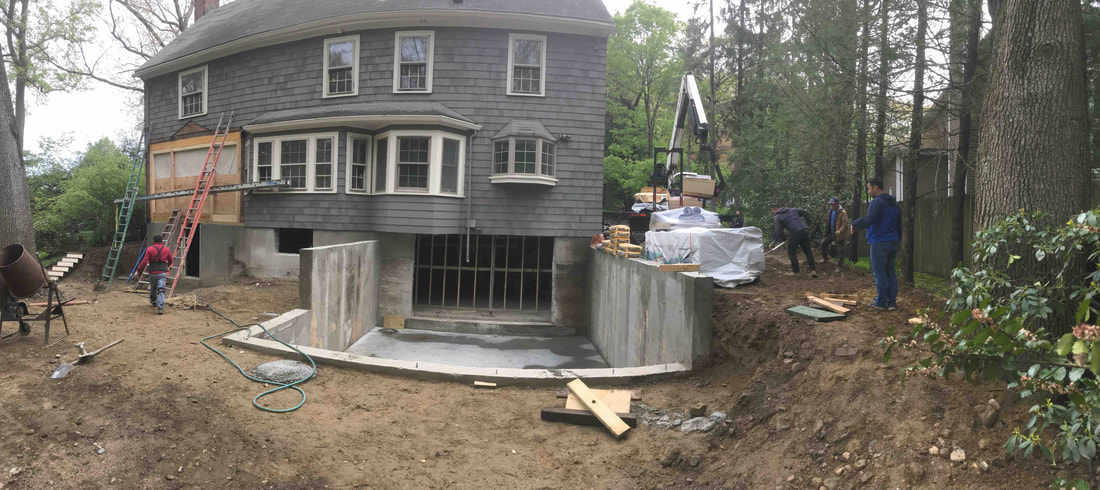







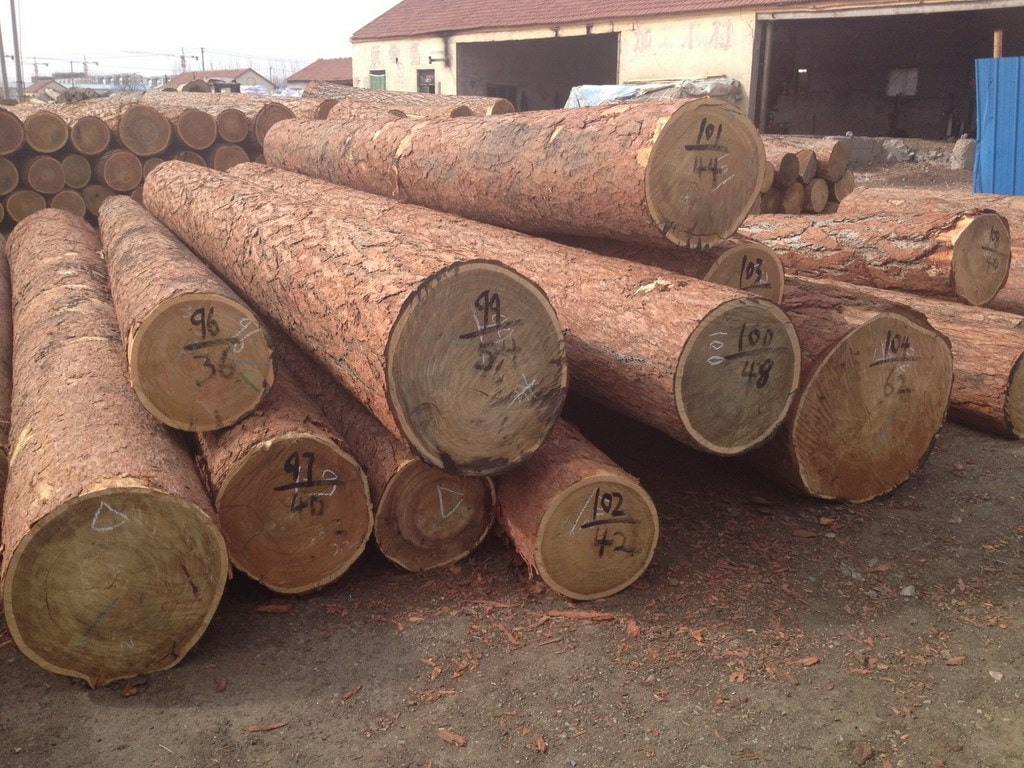


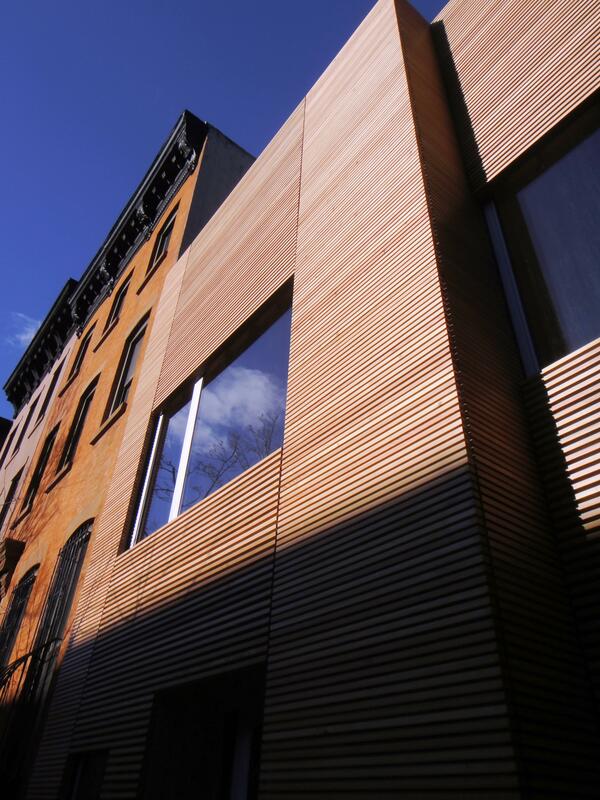
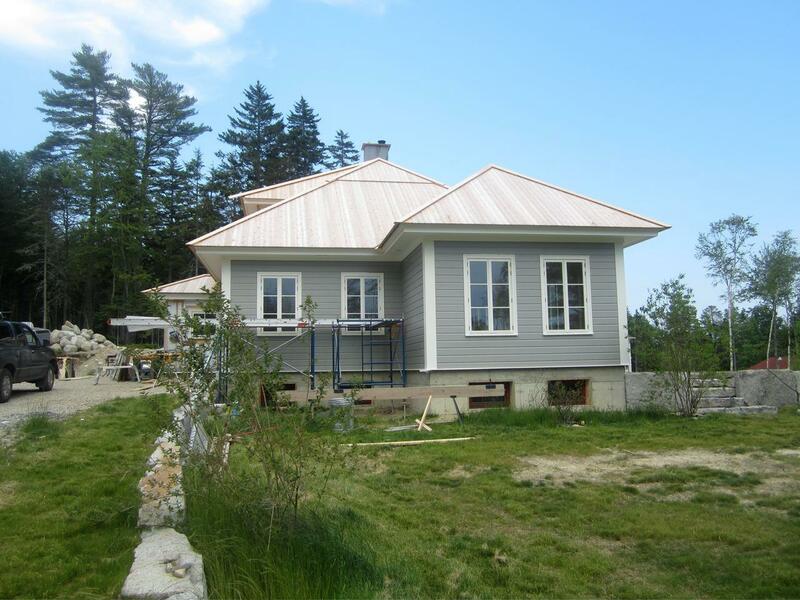


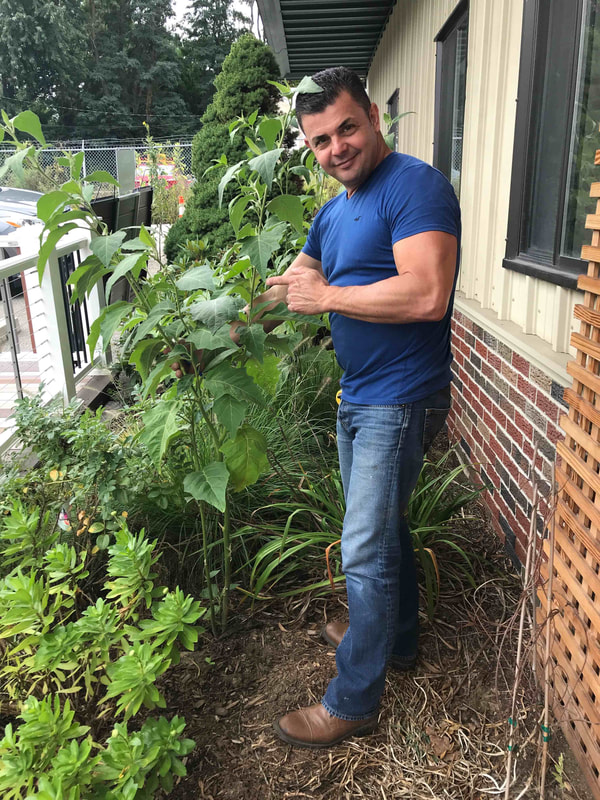




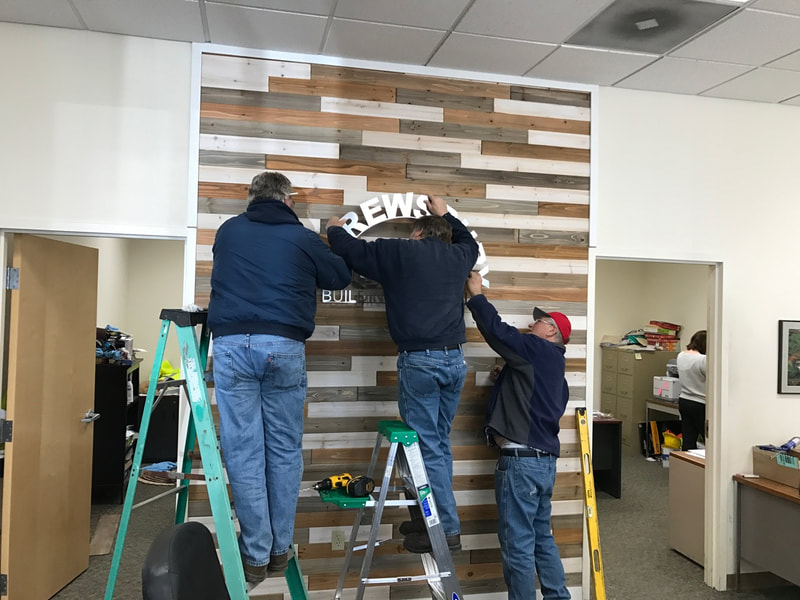

 RSS Feed
RSS Feed



